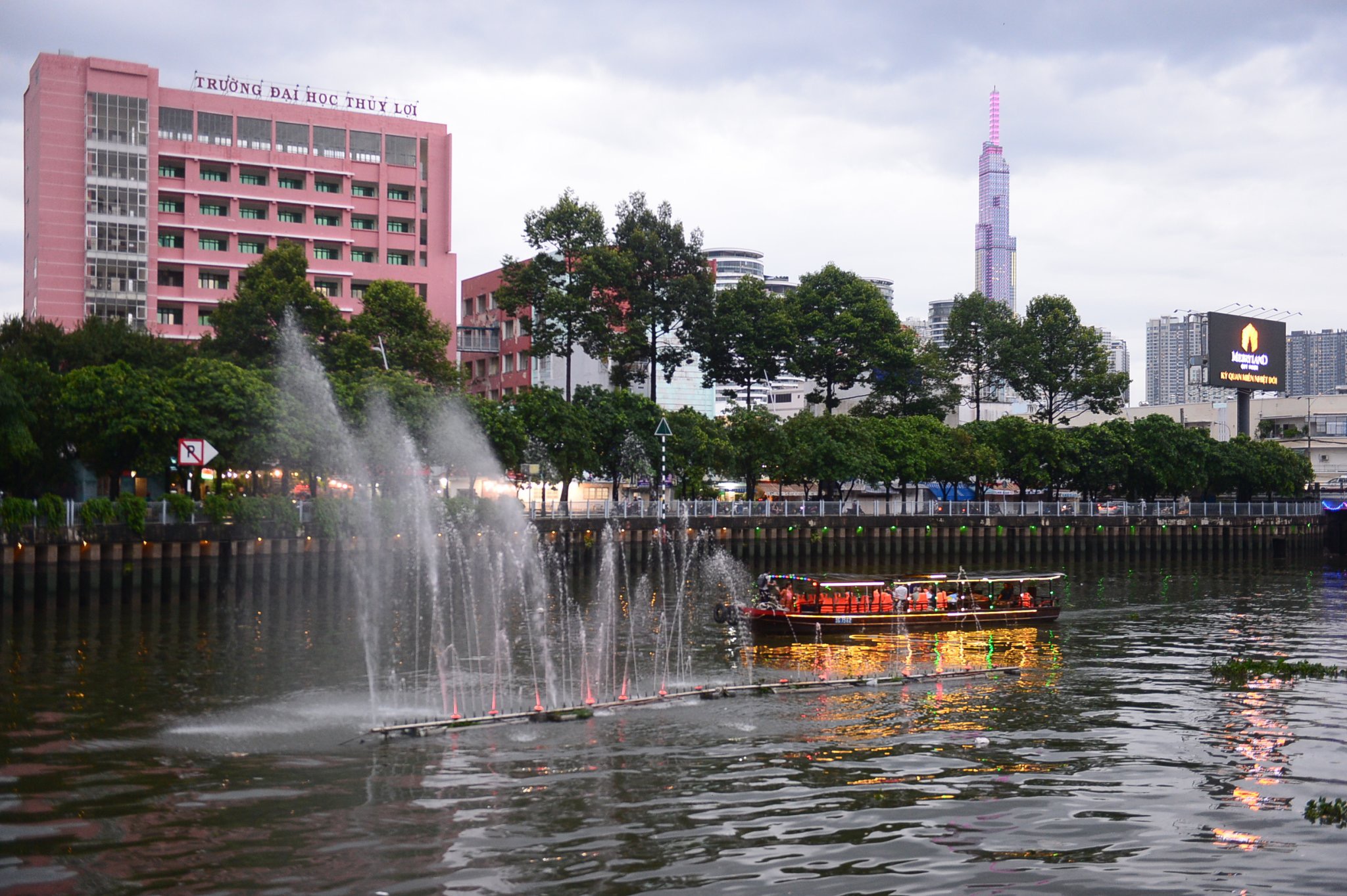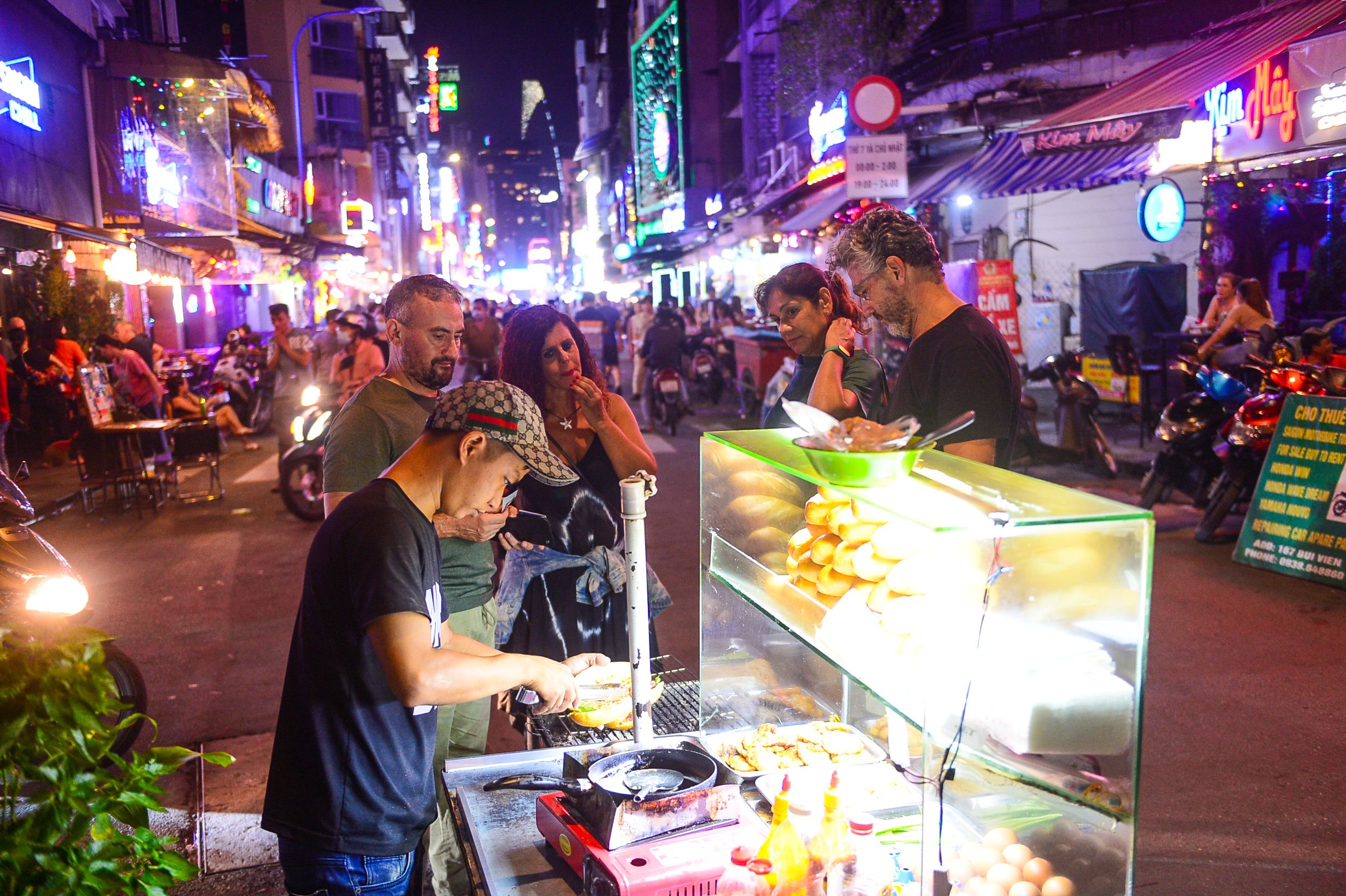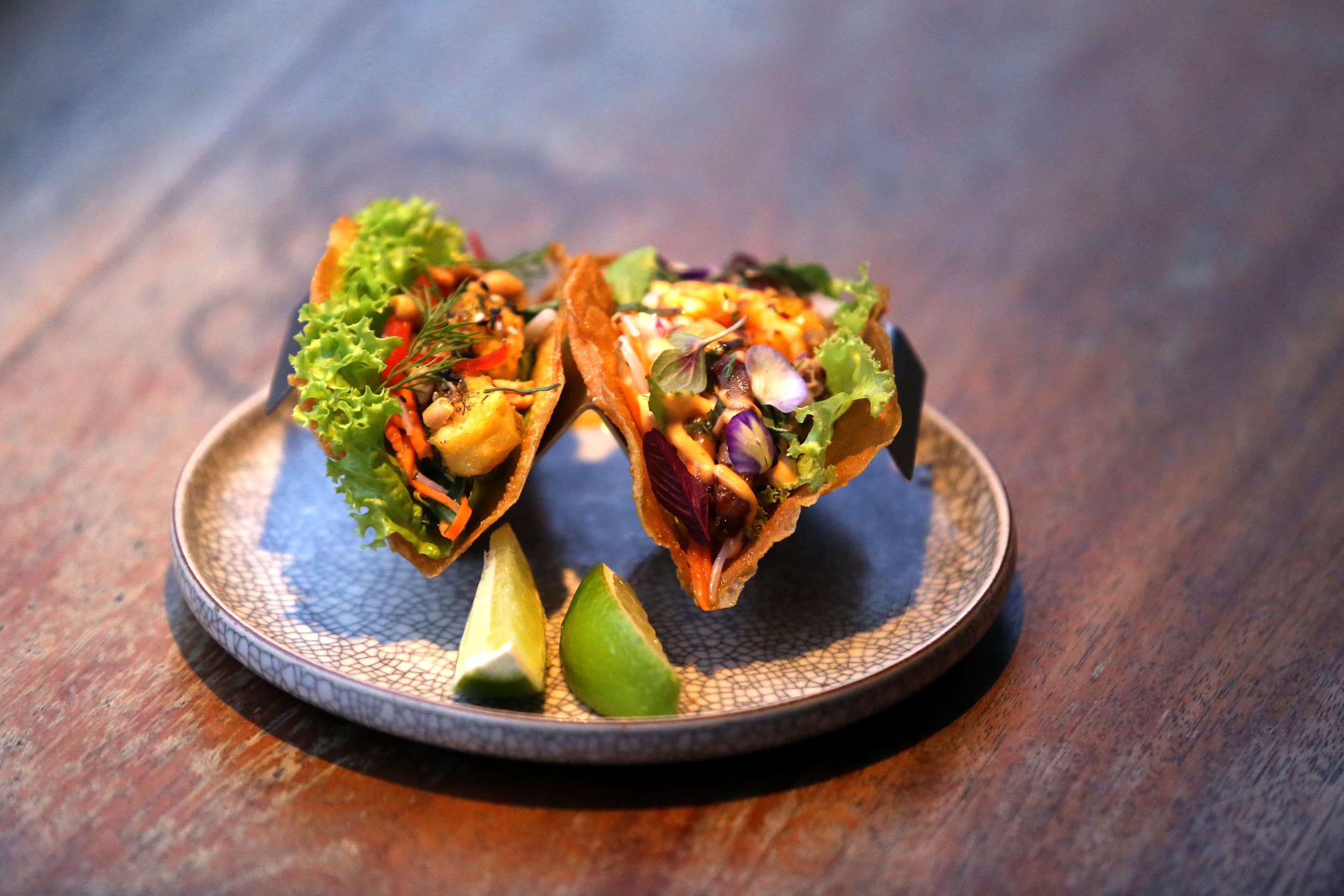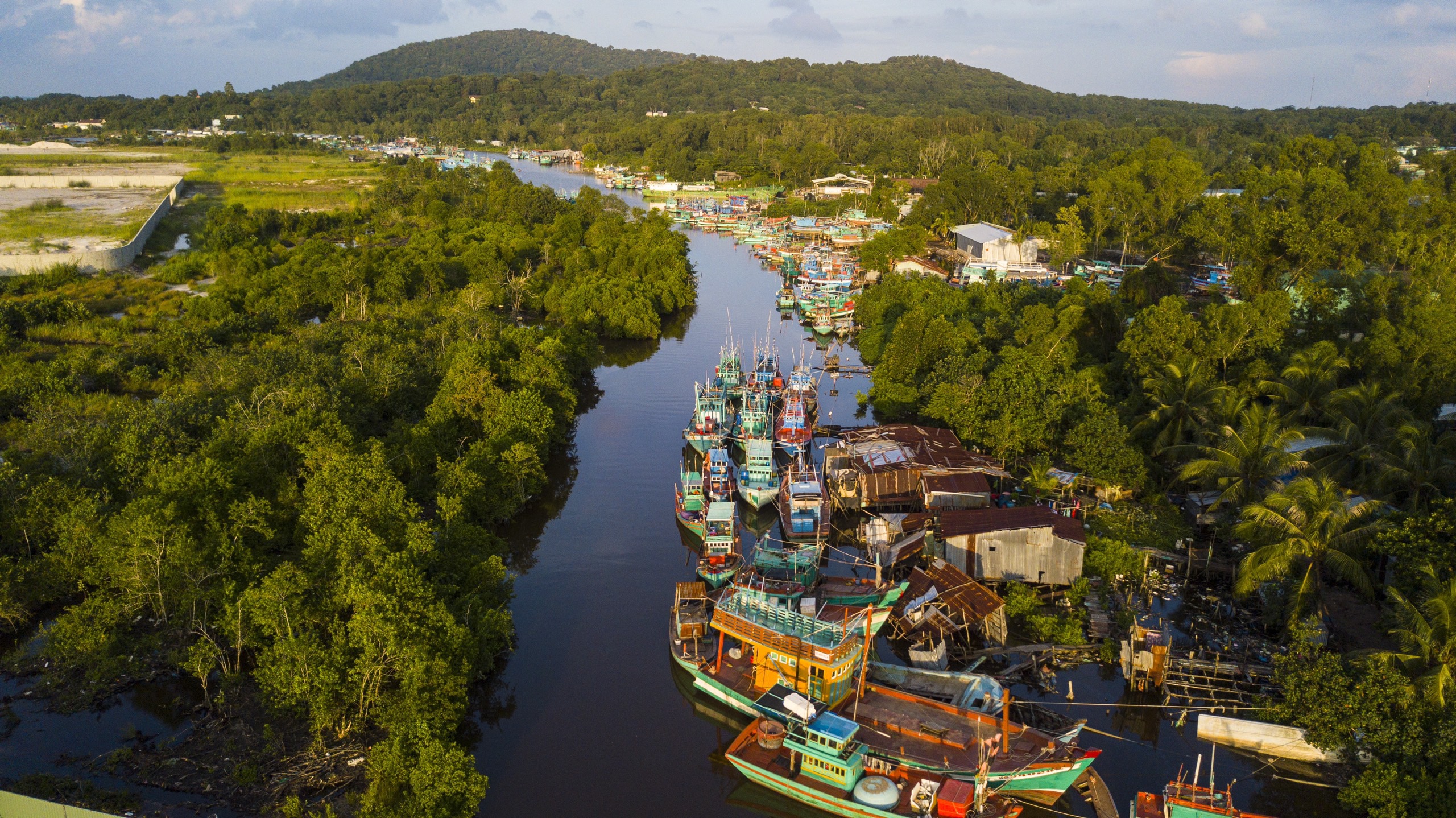Liam Langan, a 24-year-old English/Japanese expat, has been living in Ho Chi Minh City for six months. In this article, he talks about the cost of being a tourist in Vietnam and gives some insights on what to expect when it comes to expenses.
There has been a lot of talk about tourism in Vietnam, from how it is one of the top ten cheapest destinations in Asia to how the concept of “cheap” tourism is no longer relevant in the country. With all the discussions and debates surrounding Vietnam’s growing tourism industry, it can be challenging for potential travelers to set realistic expectations for their visit.
|
|
| Visitors take a boat tour on Nhieu Loc – Thi Nghe Canal in Ho Chi Minh City. Photo: Quang Dinh / Tuoi Tre News |
While I am by no means an expert, having only lived in Saigon for six months, I have gained some personal insights into the costs associated with living and traveling here. One of the most debated topics is whether Vietnam is a cheap or expensive destination. The truth is, there is no one-size-fits-all answer to this question. The amount of money you spend largely depends on your travel style. To illustrate this, I will provide two examples, starting with the cost of food.
Prior to moving to Vietnam, I knew that food would be relatively inexpensive. Enjoying a world-renowned cuisine without breaking the bank is one of the main attractions of this country. However, while the dream of indulging in Vietnamese cuisine is still very much alive, there are a few factors that visitors need to understand before assuming that everything will be dirt cheap.
Firstly, the choice of where you eat makes a significant difference. Vietnamese street food is renowned worldwide. Anthony Bourdain praised it, food enthusiasts raved about it, and even Netflix dedicated episodes to it. There is no shortage of love for this kind of dining experience.
|
|
| A file photo shows foreign tourists buying ‘banh mi’ at a street stall in Ho Chi Minh City. Photo: Quang Dinh / Tuoi Tre |
When you think of Vietnamese street food, you probably imagine a small stall set up on the sidewalk, where a lone vendor serves bowls of noodles to customers sitting on plastic stools. The food is always delicious, the atmosphere is immersive, and the best part? It’s incredibly affordable. Personally, I have never paid more than VND70,000 ($2.98) for street food, although this may still seem pricey for locals.
But you might be thinking, if street food is so cheap, then everything else must be too, right? Well, that’s where you’re wrong.
If you decide to take a break from street food and crave a taste of home in the form of a Western meal, you can expect to pay much more. Western-style dining usually involves restaurants with a dedicated staff and non-local ingredients. Additionally, you might want appetizers and drinks to accompany your main course, which can significantly increase the overall cost.
It’s worth noting that even Asian and Vietnamese cuisines can be expensive. When my father visited me, we experienced both ends of the spectrum. On one occasion, we had lunch at a local com tam eatery, where two plates of the dish along with soup and sides cost around VND100,000 ($4.26).
On another evening, we dined at Anan Saigon, one of the most popular restaurants in the city, known for its elevated traditional Vietnamese street food. The Chef’s Tasting Menu was $100 per person, and we also ordered a bottle of wine and a few other drinks. The total cost? I didn’t see the bill, but it was probably around VND6 million ($300).
|
|
| Banh xeo tacos, a famous dish at Anan Saigon. Photo: Gia Tien / Tuoi Tre |
As you can see, it all depends on where you choose to eat.
Now, let’s talk about travel expenses in Vietnam. Transportation, accommodation, and entertainment are areas where prices can vary significantly.
Last November, my brother and I took a day trip to Vung Tau. We hired a car, which cost VND400,000 ($17) per person for a round-trip.
In Vung Tau, all we had to pay for was a few thousand dong for deck chairs and an umbrella, two coconut water drinks sold by a lady on the beach, and a seafood meal at a local restaurant. I can’t recall the exact price, but I estimate it was around VND1 million ($42.6). The trip was enjoyable, and we definitely didn’t feel the need to splurge on luxury accommodations.
In February, my father and I traveled to Phu Quoc. Instead of taking a bus and ferry, we decided to fly. The round-trip ticket cost VND3.6 million ($150). We booked a resort, but I don’t remember the exact price. The main difference between this trip and the one with my brother was that I was traveling with my father. This goes to show that what you end up spending depends on who you are traveling with. If I had gone to Phu Quoc alone or with other friends, staying in a resort would not have been an option. As it stands, a bunk bed in a hostel is sufficient for me.
|
|
| Boats are seen at a fishing village in Duong To Commune, Phu Quoc Island, Kien Giang Province, southern Vietnam. Photo: Quang Dinh / Tuoi Tre News |
Once in Phu Quoc, we didn’t spend a lot of money. Most of our time was spent relaxing on the beach, and for meals, we opted for the night market, which offered more affordable options compared to the resort’s restaurant.
If you decide to travel around Vietnam, there are several options available to you. Flying is the most expensive but also the fastest. However, if you’re on a budget, taking a transit car or a sleeper bus is a more cost-effective way to get around. Yes, it may take longer, but it allows you to save money. As a tip, choose a sleeper bus that departs in the evening, so you can get a good night’s sleep and wake up at your destination without wasting precious daylight hours.
By now, I hope you have a better understanding of what to expect in Vietnam.
Just like in many parts of the world, you get what you pay for in Vietnam. However, what sets Vietnam apart is the fact that sometimes you might find yourself getting more than what you paid for. I’ve had numerous experiences where street food vendors would offer me a cup of kumquat tea, bananas, or candy for free after I paid for my meal. This kind of hospitality is rare in many other places. It’s moments like these that make me consider myself lucky to live here, and I encourage you to come and experience it for yourself.
Is Vietnamese Street Food Always Good: Fact or Fiction?
Foreigners living in Vietnam are actively participating in the conversation on Facebook, expressing their admiration for Vietnamese cuisine and discussing its position on the global culinary map. This buzz has been sparked by a series of articles on tourism published by Tuoi Tre News.










